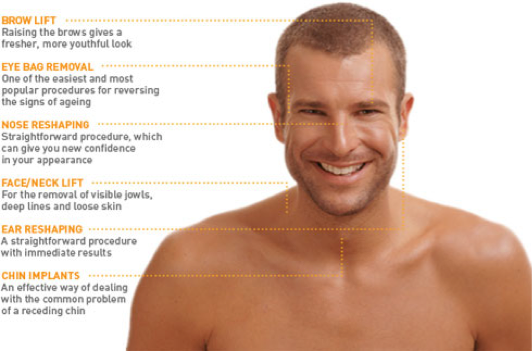The last three decades have witnessed phenomenal advances in medical technology. One of these aspects of technology is of course application of laser in cosmetics. According to the National Center for Biotechnology Information (NCBI), laser technology has been in use for over 35 years and has evolved greatly over the last few years. Today, leading dermatologists have capitalized on laser technology's reproducible precision to help thousands of patients with skin and other cutaneous conditions.
Understanding Laser Technology
Information is power and while you might be overenthusiastic to get treatment it is imperative to understand what laser treatment entails. In simple terms, laser is an acronym for Light Amplification by Stimulated Emission of Radiation. Cosmetic laser devices emit high-energy, focused beams of intense single-colored light.
This light works through selective photothermolysis where it interacts with specific skin tissue. When the beam reaches the target part of your body it is turned into heat which inactivates or destroys the unwanted cells. The other neighboring cells are thus not affected and the process is non-invasive thus reducing risks.
Common Laser Cosmetic Procedures
Now that you have basic insight on how laser technology operates, it is also important to learn some specific procedures you can benefit from.

Laser skin resurfacing: According to the American Society of Plastic Surgeons (ASPS), this is one of the most popular laser procedures. Anti aging clinics use this technology to help reduce wrinkles, scars and blemishes, non-responsive skin after facelift, liver spots among other skin flaws. Short concentrated pulsating beams of light are sent to the irregular skin tissue to enable growth of new collagen fibers.
Skin tightening: It is considered one of the most remarkable developments in laser cosmetic technology. Through infrared optical light concentrated on skin area, your dermis is heated up in order to cause collagen contraction. A significant lift effect is achieved by tightening of tissue after remodeling collagen and elastin in the dermis.
Laser hair removal: This FDA-approved procedure helps to reduce or permanently remove unwanted hair on your skin. Pulses of low-energy light are sent through your skin to be absorbed by pigment in the hair follicle. For this process to be successful, you should only call for experienced dermatologists.
Stretch marks removal: This is one of the most irritating conditions you can suffer from. These marks are unsightly and also very stubborn to remove using conventional procedures. Laser technology works by stimulating the skin under the scar and initiating the fibroblasts to start dividing again. As production of collagen is stimulated, the skin around your scar thickens and with time resembles the neighboring skin area.
These are just a few of the cosmetic procedures which use laser technology. Others include Botox, removal of vascular lesions, mesotherapy and tattoo removal among many others. For these procedures to give the desired effect, make sure you turn to professionals who understand precisely how this technology works. Such a medical professional also has the necessary facilities to ensure the procedure is carried out safely.





































